Lawn Grubs Driving You Crazy? A Pro’s Guide to Getting Your Yard Back
I’ve been in the lawn care game for a long time, and I’ve seen it all. Picture-perfect green carpets right next to yards that look like a total warzone. And honestly? The difference often comes down to a tiny, C-shaped pest hiding right under your feet: the lawn grub.
In this article
I’ll never forget a call I got from a new client one summer. He’d pampered his lawn all spring, and suddenly it was riddled with ugly, brown patches. He was convinced it was a fungus and kept watering it, which, by the way, was like pouring gasoline on a fire. When I got there, I went straight to one of the dead spots, grabbed a handful of grass, and it peeled right off the ground with zero resistance. It was like lifting a bad toupee. Underneath, the soil was crawling with dozens of those milky-white grubs. His problem wasn’t a fungus; the grubs had eaten his lawn’s entire root system.
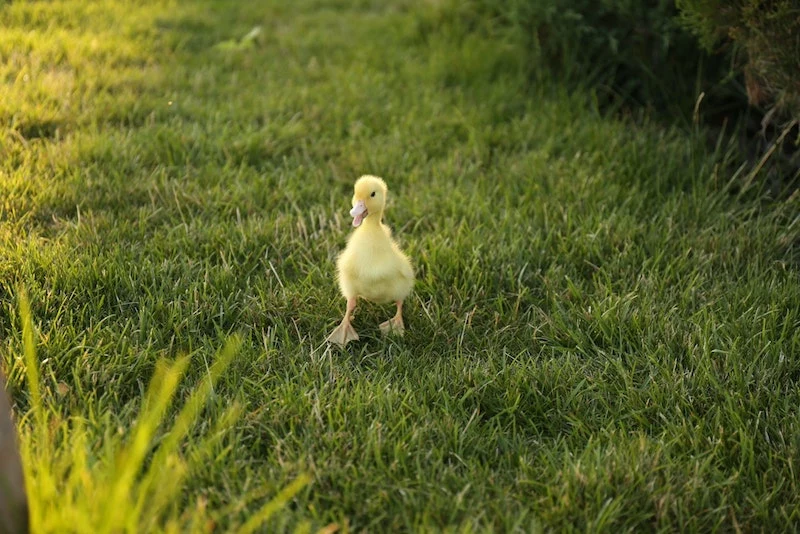
Dealing with grubs isn’t about throwing some generic pest killer down and crossing your fingers. That’s a temporary fix, at best. Real control comes from understanding the enemy, knowing exactly when to strike, and building a lawn that’s tough enough to fight back. So, this isn’t about quick fixes. It’s about showing you how the pros handle it for good.
First Things First: Know Your Enemy
Before you can win a fight, you have to know who you’re up against. “Grub” is just a catch-all term for the larval stage of a bunch of different beetles—like the Japanese beetle, June bug, and others. They all pretty much look the same: soft, pudgy, white bodies curled into a C-shape, with a brown head and six little legs right up front. They live underground and their favorite food is your grass’s root system. By chewing through the roots, they completely cut off the plant’s ability to get water and food. That’s why a grub-infested lawn turns brown and dies, even if you’re watering it every day.
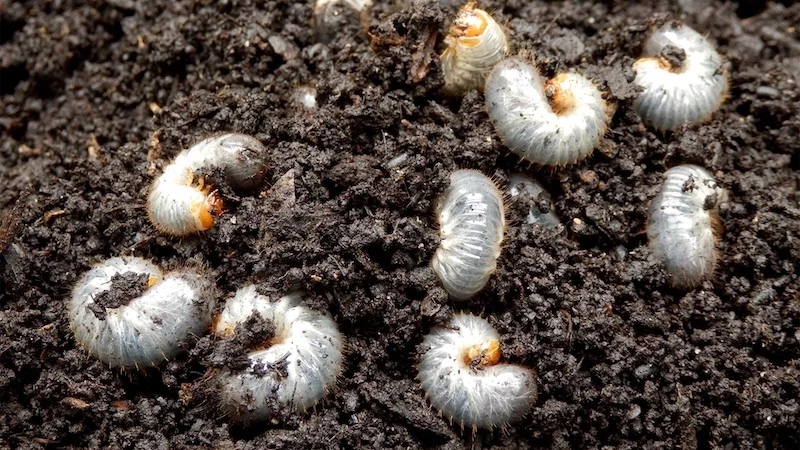
But the most important thing to know is their life cycle. Mess up the timing, and you’re just wasting time and money. Here’s the quick and dirty version:
- Early to Mid-Summer: The adult beetles crawl out of the ground, fly around, and lay their eggs in healthy, green lawns. They’re specifically looking for moist soil to give their eggs the best shot at survival.
- Mid-to-Late Summer: The eggs hatch, and tiny, super-hungry baby grubs emerge. This is when they are most vulnerable.
- Late Summer to Early Fall: The grubs get bigger and their appetite explodes. This is when you see the worst damage as they aggressively sever the grass roots. Brown patches pop up and spread like crazy.
- Late Fall & Winter: As it gets cold, the now-mature grubs dig deep into the soil (we’re talking 4 to 8 inches down) to hibernate. Spreading grub killer now is completely useless; it won’t even reach them.
- Early Spring: When the ground warms up, they come back to the surface for one last snack on the remaining roots before transforming into adult beetles. Then the whole cycle starts over again.
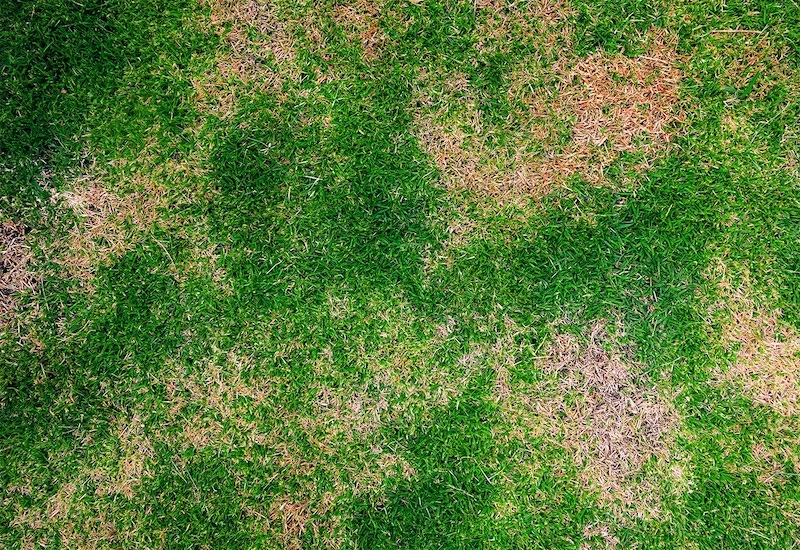
Are You Sure It’s Grubs? The 3-Step Diagnosis
Not every brown patch is a grub problem. It could be drought stress, a fungal disease, or even Fido’s favorite potty spot. Before you go to war, you need to be sure. Here’s how I confirm it in the field.
1. Look for Clues: Pay attention to your lawn. Does it feel spongy or bouncy under your feet in certain areas? That’s a classic sign the turf is detached from the soil. Also, if you suddenly see more raccoons, skunks, or birds digging up your yard, they’re probably after an easy grub buffet.
2. The Tug Test: This is the easiest check. Go to the edge of a dying patch, grab a fistful of grass, and give it a gentle pull. If it rolls up like a piece of carpet with no roots attached, you can be 99% sure you have a grub problem.
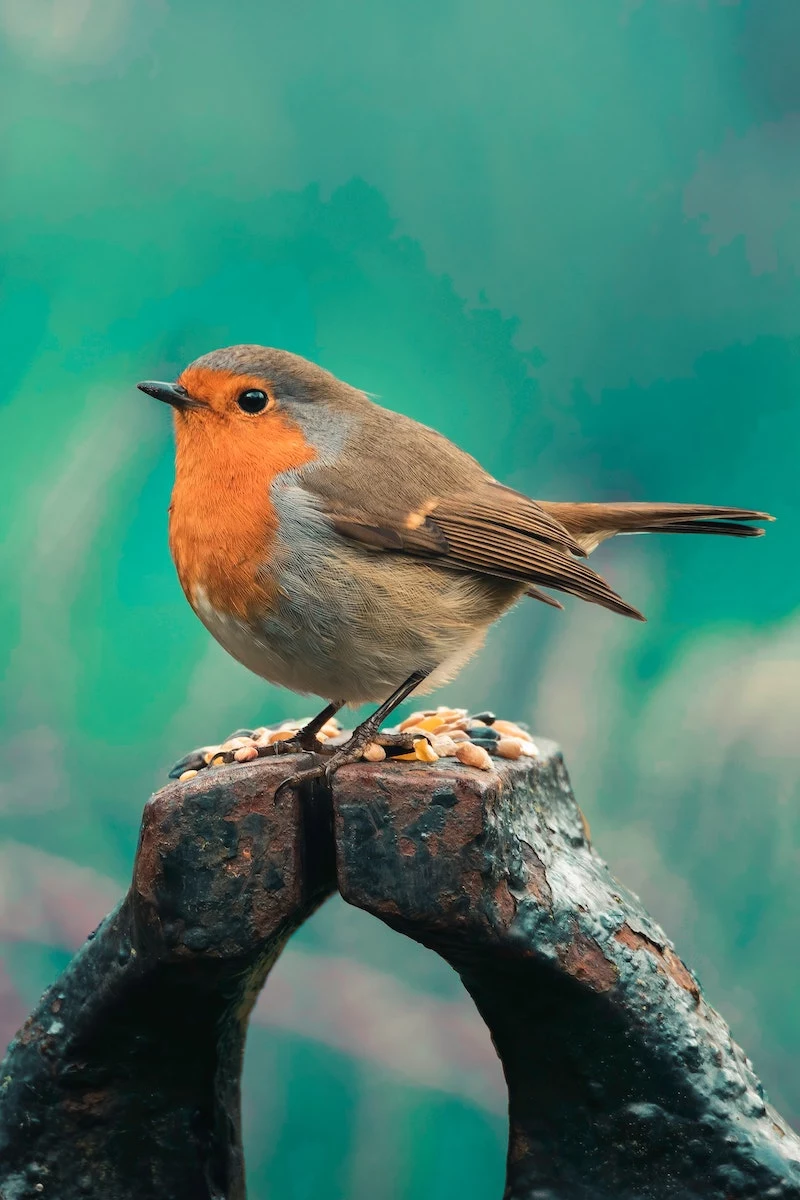
3. The Official Count: So, how many grubs is too many? A few are normal in any healthy lawn. To find out if you have a real infestation, you’ll need to do a count. This whole process for one spot should only take you 5-10 minutes, and it’s the most valuable 10 minutes you can spend. Grab a spade, cut a one-foot-by-one-foot square on three sides in a damaged area, and peel it back. Count the number of grubs you see in the soil and on the bottom of the sod. If you’re consistently finding more than 8 to 10 grubs per square foot, it’s time to take action.
The Big Decision: Prevent the Problem or Rescue the Lawn?
In lawn care, we have two main game plans: preventative and curative. Your choice really depends on your lawn’s history and how much risk you’re willing to take.
The Preventative Approach (The Pro’s Choice)
This is my preferred method, hands down. It’s like a vaccine for your lawn—you apply a control product before the problem gets out of hand. You’re targeting the tiny, newly hatched grubs in mid-summer when they are weakest. It’s far more effective and, honestly, less stressful.
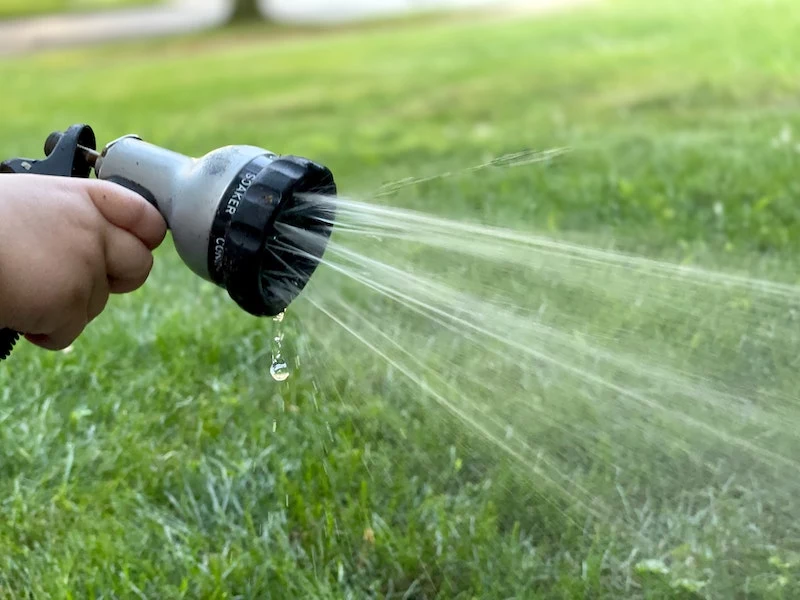
- Effectiveness: Very high. You stop the damage before it even starts.
- Timing: Apply from late spring to mid-summer.
- Effort: Low. Just one application with a spreader.
- Cost: This is the smart money. A bag of preventative treatment like Scotts GrubEx for a 5,000 sq. ft. lawn will run you about $25-$35 at Home Depot or Lowe’s. That’s a fraction of what it costs to repair a ruined lawn later.
The Curative Approach (The Emergency Room)
This is the rescue mission you mount when you missed the prevention window and your lawn is already showing damage in late summer or early fall. You’re trying to kill big, tough, established grubs.
- Effectiveness: Moderate. It will kill most of the grubs, but the damage is already done. Dead grass is dead grass.
- Timing: Apply when you see damage, usually from late August to early October.
- Effort: High. After applying the product, you still have to rake out the dead turf, buy topsoil, and reseed the bare patches.
- Cost: This is always more expensive. You’re buying the curative product (which can be pricier) plus grass seed, soil, and maybe even straw. The total cost to fix the damage can easily top $100 or more, not to mention your time.
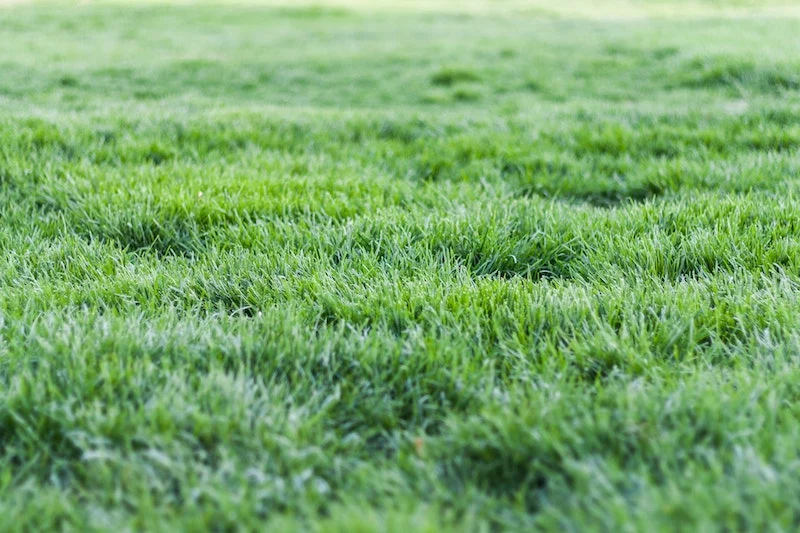
Your Grub-Fighting Toolkit: Choosing the Right Product
Okay, so you’ve got a plan. Now what do you actually buy? Always read and follow the label instructions to the letter—it’s not just a suggestion, it’s the law, and it’s there to keep you and the environment safe.
Reliable Chemical Controls
For guaranteed results, modern chemicals are incredibly effective when used right. For a preventative treatment, look for products with the active ingredient chlorantraniliprole (you’ll see it on the bag). This is the main ingredient in Scotts GrubEx and is a fantastic modern option because it has a very low impact on beneficial insects like bees. Another option is imidacloprid, found in products like BioAdvanced Complete Insect Killer.
For a curative, emergency treatment, you’ll need a faster-acting product with ingredients like trichlorfon or carbaryl. These are more potent, so handle them with extra care.
Heads up! Almost all granular grub killers need to be watered in to work. You MUST get the product off the grass blades and down into the soil where the grubs live. Aim for about a half-inch of water.
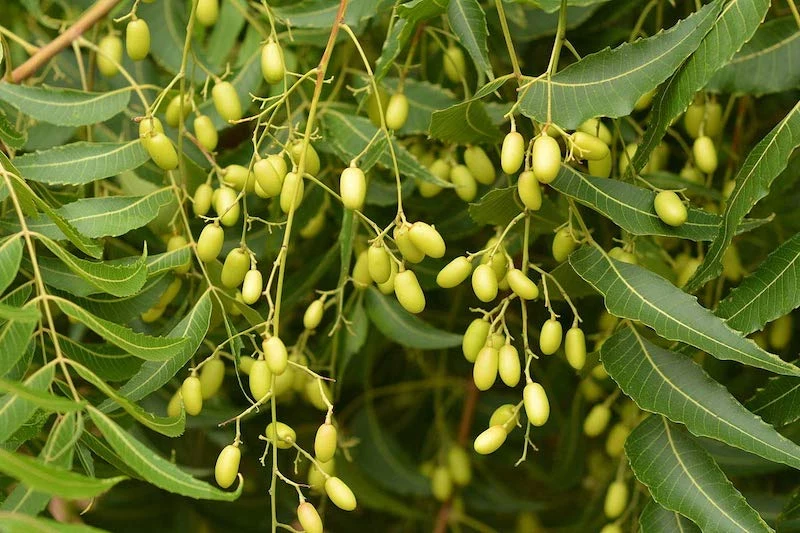
A lesser-known trick: Not sure what a half-inch of water looks like? Just toss an empty, clean tuna can on your lawn before you turn on the sprinkler. When the can is full, you’re done. It’s a foolproof way to make sure your application works.
Even better pro tip: I love to apply preventative granules right before a gentle, all-day rain is in the forecast. Let Mother Nature do the watering for you! Just avoid doing it right before a massive thunderstorm that could wash the product away.
Eco-Friendly Biological Controls
If you prefer a more natural route, there are great options, but they require a bit more know-how.
Beneficial Nematodes: These are my go-to biological tool. They’re microscopic worms that actively hunt and kill grubs in the soil. For lawn grubs, you specifically want the species Heterorhabditis bacteriophora (Hb). They are living creatures, so you have to order them online from specialty garden suppliers that ship them refrigerated. Expect to pay around $30-$50 for a batch that covers a medium-sized yard. You apply them with a sprayer in the evening (sunlight kills them) on moist soil, and you have to keep the soil moist for about a week. They work wonders as a curative treatment, but you have to follow the rules perfectly.

Milky Spore: To be frank, I rarely recommend this anymore. It’s a bacterial disease that only works on Japanese beetle grubs, not the other common types. Plus, it can take several years to build up in the soil and become effective. It’s a big investment with a very uncertain payoff.
Long-Term Defense: Build a Grub-Proof Lawn
The absolute best way to deal with grubs is to make your lawn a place they hate. A strong, healthy lawn can handle a few grubs without even showing it. It’s all about your regular maintenance habits.
- Mow High: Set your mower to 3 or 3.5 inches. Taller grass grows deeper roots, making it more resilient. Beetles also seem to prefer laying eggs in short, sparse grass.
- Water Deeply, Not Daily: Watering for 15 minutes every day is a recipe for a weak, shallow-rooted lawn and creates the perfect moist nursery for grub eggs. Instead, give your lawn a deep soaking of about one inch of water just once a week.
- Aerate Your Soil: If your soil is hard and compacted, rent a core aerator every year or two. It loosens the soil, helps water and nutrients get to the roots, and makes life miserable for grubs.

The Aftermath: Repair and Final Safety Checks
If you had to rescue your lawn, your work isn’t over. Once the grubs are gone, use a stiff rake to clear out all the dead turf. Then, spread a thin layer of compost or topsoil and reseed the bare patches. Late summer or early fall is the perfect time for this. Water the new seed lightly every day until it’s established.
Finally, let’s talk safety. Everyone asks about kids and pets. Generally, once granular products have been watered in and the lawn is completely dry, it’s considered safe for re-entry. But I have to say it again because it’s that important: your product’s label is the final word. Read it.
And if you’re feeling overwhelmed? Don’t hesitate to call a certified lawn care company. A professional application might cost between $75 and $150 depending on your lawn size, but it comes with peace of mind. Managing grubs is a marathon, not a sprint, but by focusing on long-term health, you can make your lawn the best defense it can have.
Inspirational Gallery
Preventive (Chemical): Products like Scotts GrubEx, containing Chlorantraniliprole, are applied in late spring or early summer. They create a protective zone in the soil that kills young, newly hatched grubs as they emerge from their eggs. This is a set-it-and-forget-it approach for the season.
Curative (Biological): Beneficial Nematodes are microscopic worms you apply to the lawn with a sprayer in late summer when grubs are active. They actively hunt and kill grubs from the inside out. This is a targeted, organic attack on an existing infestation.
The best choice depends on your timing and philosophy—proactive prevention or reactive, natural control.
A single female Japanese beetle can lay between 40 and 60 eggs during her short summer life. If you see a dozen beetles on your roses, you can do the math on what might be happening under your lawn.
Sometimes, your local wildlife will sound the alarm before you even notice the brown patches. Be on the lookout for:
- Unusual digging from skunks or raccoons, leaving little divots in the lawn overnight.
- A sudden increase in birds like starlings or crows pecking intensely at the grass.
- The presence of mole tunnels, as moles feast on grubs as a primary food source.
These animals are nature’s grub detectors, and they’re telling you there’s a buffet just below the surface.
Is there a wrong time to apply grub killer?
Absolutely. Applying a curative treatment in late fall or early spring is one of the most common—and ineffective—mistakes. By this time, the grubs are large, tough, and often burrowed deep in the soil to survive the winter, making them much less susceptible to insecticides. The prime window for most effective treatments is late summer (August to early September) when the new grubs are small, young, and feeding voraciously near the surface.
Look beyond the brown spots: Healthy-looking grass can still hide a developing problem. If you suspect grubs, perform a quick survey. Cut a one-square-foot flap of turf on three sides and peel it back. Count the number of grubs you see. A healthy lawn can typically tolerate 5 or fewer grubs per square foot. If you’re consistently counting 10 or more, it’s time to take action before the damage becomes widespread.
Did you know? Not all grubs are created equal. While most are pests, the larvae of the Green June Beetle are an exception. They primarily feed on thatch and organic matter, not healthy grass roots, and can actually help with soil aeration.
These grubs are larger, more active, and often crawl on their backs. Differentiating them from Japanese beetle or chafer grubs can save you from applying treatments your lawn doesn’t actually need. It’s a reminder that a little identification goes a long way.
- It creates a healthier, more resilient turf that can withstand minor grub activity.
- It reduces the thatch layer where some pests like to lay eggs.
- It allows water and nutrients to penetrate deeper, encouraging stronger root growth.
The secret? Core aeration. Performing this simple task once a year, typically in the fall, is one of the best non-chemical defenses against future grub infestations by building a fundamentally stronger lawn.
Once the grubs are gone, it’s time to repair the battlefield. Rake away the dead turf to expose the soil. For patch repairs, choose a grass seed known for its resilience and deep roots, like a high-quality Tall Fescue blend. It establishes quickly and has better drought and pest tolerance than many other common grasses. Sprinkle a starter fertilizer to give the new seed a boost, and water lightly but frequently until it’s well-established.
A Smart Watering Strategy: Adult beetles prefer to lay their eggs in moist, irrigated soil. While you can’t let your lawn die of thirst in mid-summer, you can be strategic. Water deeply but infrequently (once or twice a week) rather than giving it a light sprinkle every day. This allows the soil surface to dry out between waterings, making it a less attractive nursery for egg-laying beetles.
For a long-term, organic solution against Japanese beetle grubs, consider applying milky spore. This is not a chemical pesticide but a naturally occurring bacterium (Paenibacillus popilliae). It’s applied as a powder that you sprinkle across the lawn. Grubs ingest the spores, which then multiply inside them. It’s slow-acting and may take a few years to become fully established, but it can remain effective in the soil for a decade or more, offering a truly sustainable form of control.










